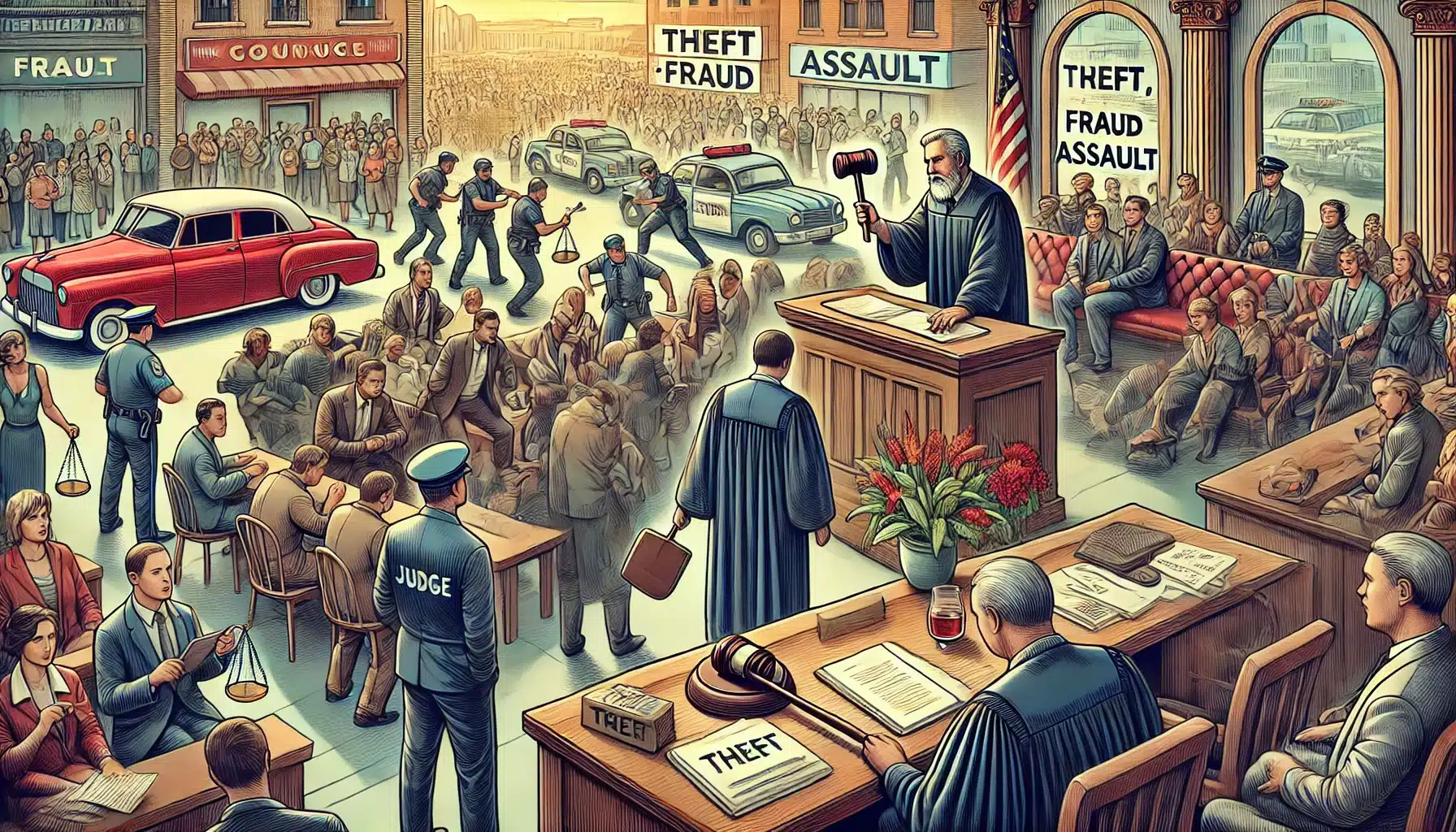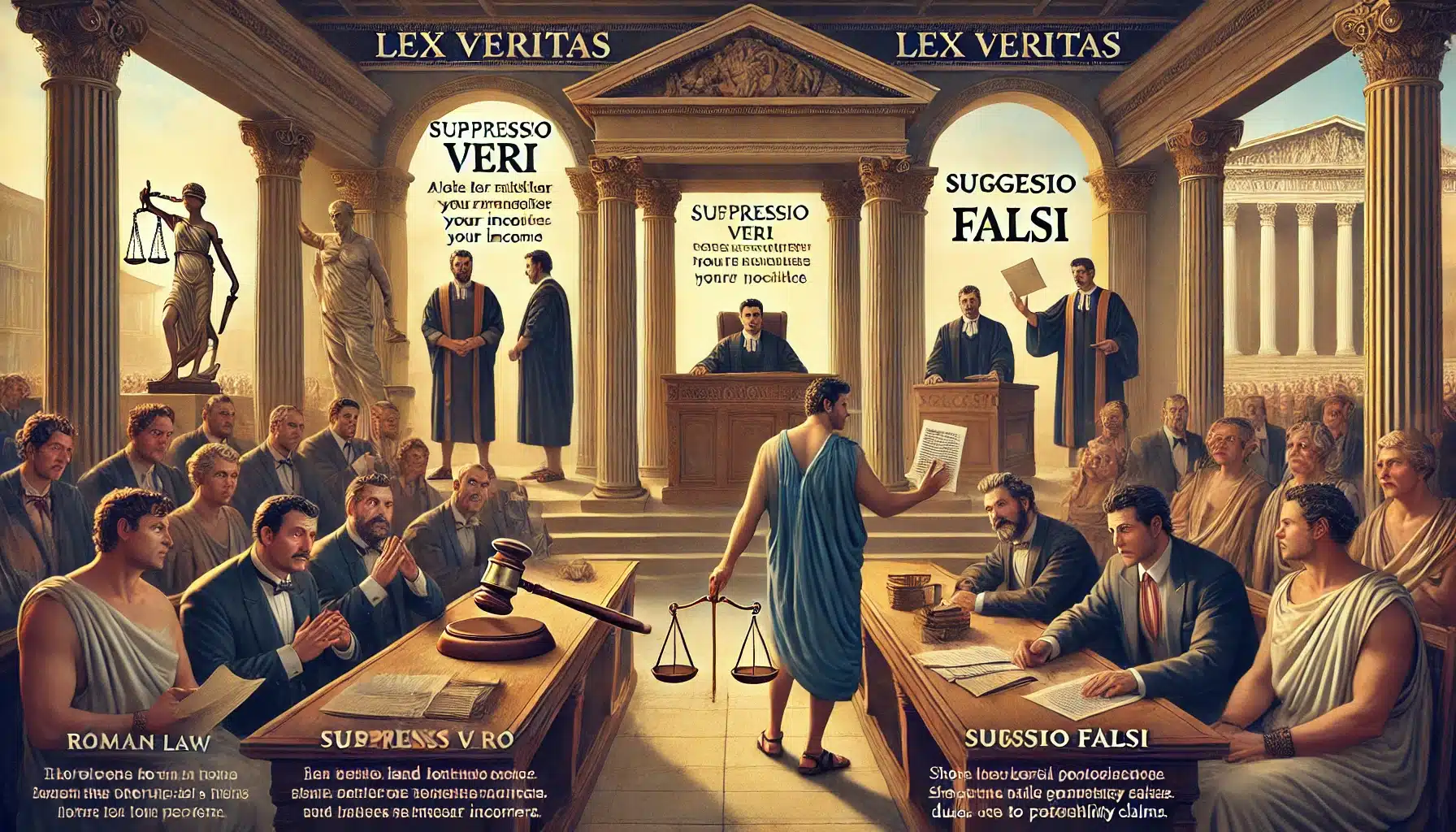Yellow journalism[i] is a sensational, exaggerated, and exploitative style of newspaper reporting. It is the use of sensational headlines in-place of factual headlines, to capture the reader’s attention. This is done with the motive that the reader will choose one publication over other competitor p

Definition
A type of journalism that draws the readers by using sensationalism and exaggeration. The elements of Yellow Journalism are –
- Sensationalism: the presentation of stories or written text in such a way that is intended to provoke public interest or excitement, at the expense of accuracy.Exaggeration: a statement that represents something as better or worse than it is in reality.Draw the readers: to attract or to instigate or to compel to buy or to reach out for a particular thing.
Meaning
Yellow journalism[i] is a sensational, exaggerated, and exploitive style of newspaper reporting. It is the use of sensational headlines in-place of factual headlines, to capture the reader’s attention. This is done with the motive that the reader will choose one publication over other competitor publications. It is generally not a well-researched piece of information and usually tells a single side of the story, sometimes this style of newspaper reporting will use made-up interviews or imaginary drawings. In Yellow journalism, the journalist will tend to exaggerate events and sometimes even fabricate the truth, these journalists would often present information in such a way that it would excite the Public and provoke[ii] the interest, even if the details of the story are not true[iii].
Usage
In late 1800s[iv], before the radio and television came into use and gained popularity, newspapers were the only source of News. To be successful in business and gain profits, newspaper publishers started to employ new methods to attract readers. As publishers saw a vast opportunity to increase their revenue and expand their businesses, there came a question as to how to make their newspaper more desirable and how to make their product stand out from the competitor’s newspaper. Thus came into the picture the Yellow journalism, as publishers wanted increased sales and readers to keep coming back to buy more copies of the newspapers, they started presenting information in a way as to exaggeration of events and sometimes even tell lies about events that never happened.
Recently the Supreme Court of India while hearing upon a matter of migrant labourers, Chief Justice of India, SA Bobde and justice L Nageswara Rao contended that the media (print social or electronic) to maintain strong sense of responsibility and to ensure that any unverified news that is capable of causing panic among people during the Lockdown is not disseminated. Its was urged that media to abstain from getting involved in spreading fake news which would hamper the containment of COVID-19. This was deliberated by the Supreme Court, because of an instance of spreading of fake news of lockdown being extended was circulated through social media causing panic among migrant labourers, and mass movement in the city of Delhi.
Yellow journalism can be found at many grocery store tabloids and news headlines. In general if the headline contains an exclamation mark, or complete with words like unbelievable, shocking, astounding, etc., then the paper could be engaging in Yellow Journalism. Today Yellow Journalism as a term is used to describe in a negative sense, any journalistic style that is treating the real and authentic news either very unprofessionally or unethically or presentation of information to be true without proper backing of facts. Some of the elements of Yellow journalism are –
- Printing headlines in large font, despite the news being of a very minor concern.Magnanimous usage of drawings and pictures to accompany the hyped story.Using deception, headlines are deceptive and interviews are fabricated, false information being presented, and adding the source to be expert to pad out a story.
Some of the examples of Yellow journalism are –
- Crazed women chases Brad pit – this headline is an eye-catchy but in reality the women was just running after brad pit to take a picture.Baby snatched by eagle – this headline grabbed a lot of attention but the video that was accompanied with this headline was shown to be a fake one.
- Botox mom – this is a story which says a mother gave her daughter botox and waxing to keep her looking young, this was a hoax. In reality a tabloid paid the women $200 to say that she did this.
- Aarushi Talwar Murder case – .With no regards to the right to privacy and dignity as well as the sanctity of a sub-judice trial, extensive coverage of Aarushi Talwar’s murder case and media allegations leveled against the victim and her parents.
Some headings that are a part of yellow journalism and can be found on tabloids[v] –
- Man’s 174 mph Sneeze Blows wife’s hair off.News reporter eaten alive by 80 ft dinosaur. Man’s head explodes in barber’s chair.Vampires Attack US Troops
The modern version of yellow journalism can be seen on online platforms, known as click-bait, a clickbait is a negative term and is associated with web content that is only connected with the generation of revenue from advertisements. Clickbait article usually use headings or phrases like –
- What happens next will shock you! You won’t believe what happened next when she…
Of-course the article will not tell the reader what happened next. The main motive is to spark the reader’s curiosity so strong, that the reader is compelled to click on the link to find out what happens next. The headlines of clickbait are meant for exploiting the curiosity gap of the reader, these headlines are intended to give the reader a quick and compelling taste of information without providing the main information at the first go. This is the bait to the readers, making them compulsory to click the link to read more. These pieces are very short and simple, they offer quick judgment on issues related to politics and culture, rather than in-depth articles.
Origin
The New York Press coined the term ‘yellow kid journalism’ in early 1897 after a then popular comic strip. This was soon shortened to ‘yellow journalism’ with the New York Press insisting, “We called them Yellow because they are Yellow”. The term Yellow Journalism[vi] originated[vii] from the comic Hogan’s Alley, this comic was published in New York World paper and it became very popular. This comic featured a cartoon character who was dressed in yellow and was coined as the yellow kid. So determined was Hearst, to beat his competition, that Hearst hired the cartoonist who was responsible for Hogan’s Alley (R.F Outcault) to create another hello kid for his newspaper The New York Journal. Hearst also copied the sensational style that was used in New York World paper, With the two Yellow Kids dueling it out, this journalistic style that was shared by competitors – the originators and the copycat – was declared as Yellow Journalism by Erwin Wardman (Editor of New York Press). Though both the papers became famous for their use of sensationalism, these newspapers also printed serious news stories at that time.
Melodrama is a similarly related term with Yellow Journalism, meaning a sensational dramatic piece with exaggerated characters and exciting events intended to appeal to the emotions.
[i] Yellow journalism, (19/05/2020, 15:00 hrs).
[ii] What is Yellow Journalism? – Definition, History & Examples, (19/05/2020, 15:17 hrs),
[iii] Alexandra Samuel, To Fix Fake News, Look To Yellow Journalism, (19/05/2020, 15:10 hrs),
[iv] U.S. Diplomacy and Yellow Journalism, 1895–1898, (19/05/2020, 14:24 hrs).
[v] Examples of Yellow Journalism, (19/05/2020, 13:00 hrs).
[vi] Yellow Journalism: The “Fake News” of the 19th Century, (19/05/2020, 13:56 hrs),
[vii] JOHN MAXWELL HAMILTON, In a battle for readers, two media barons sparked a war in the 1890s, (19/05/2020, 13:47 hrs).




